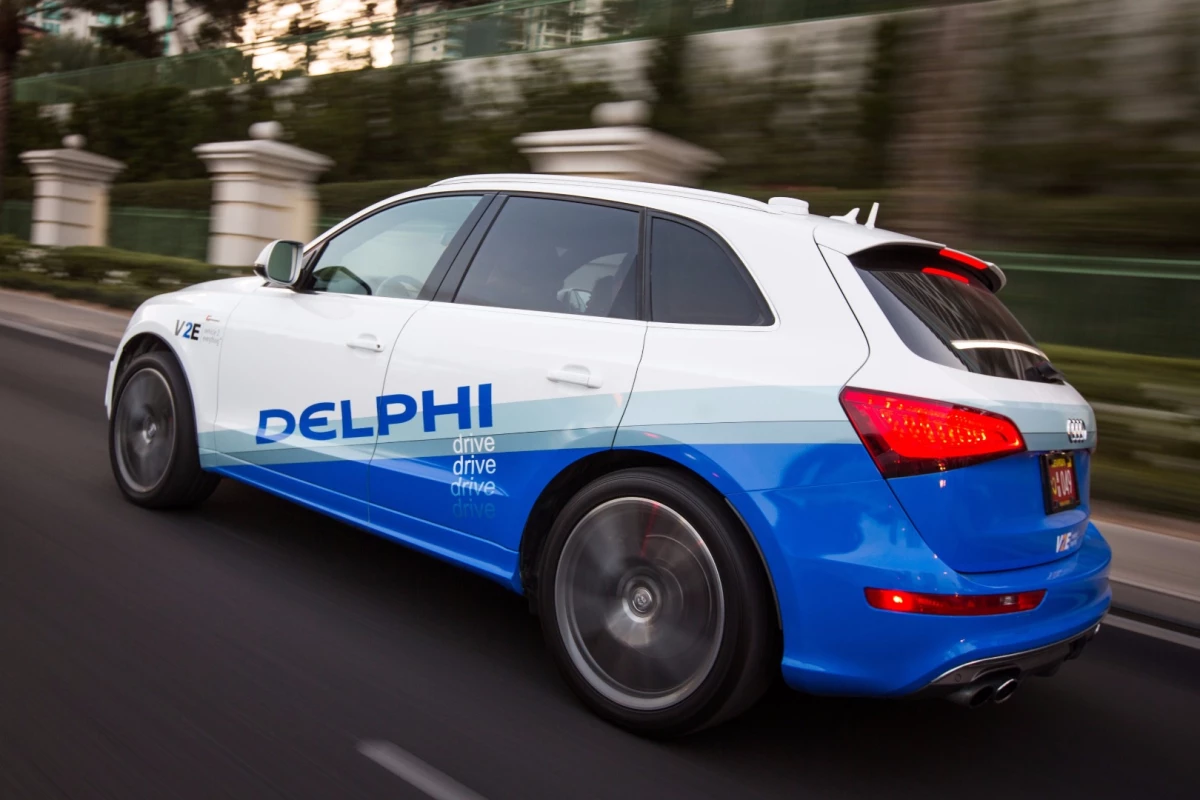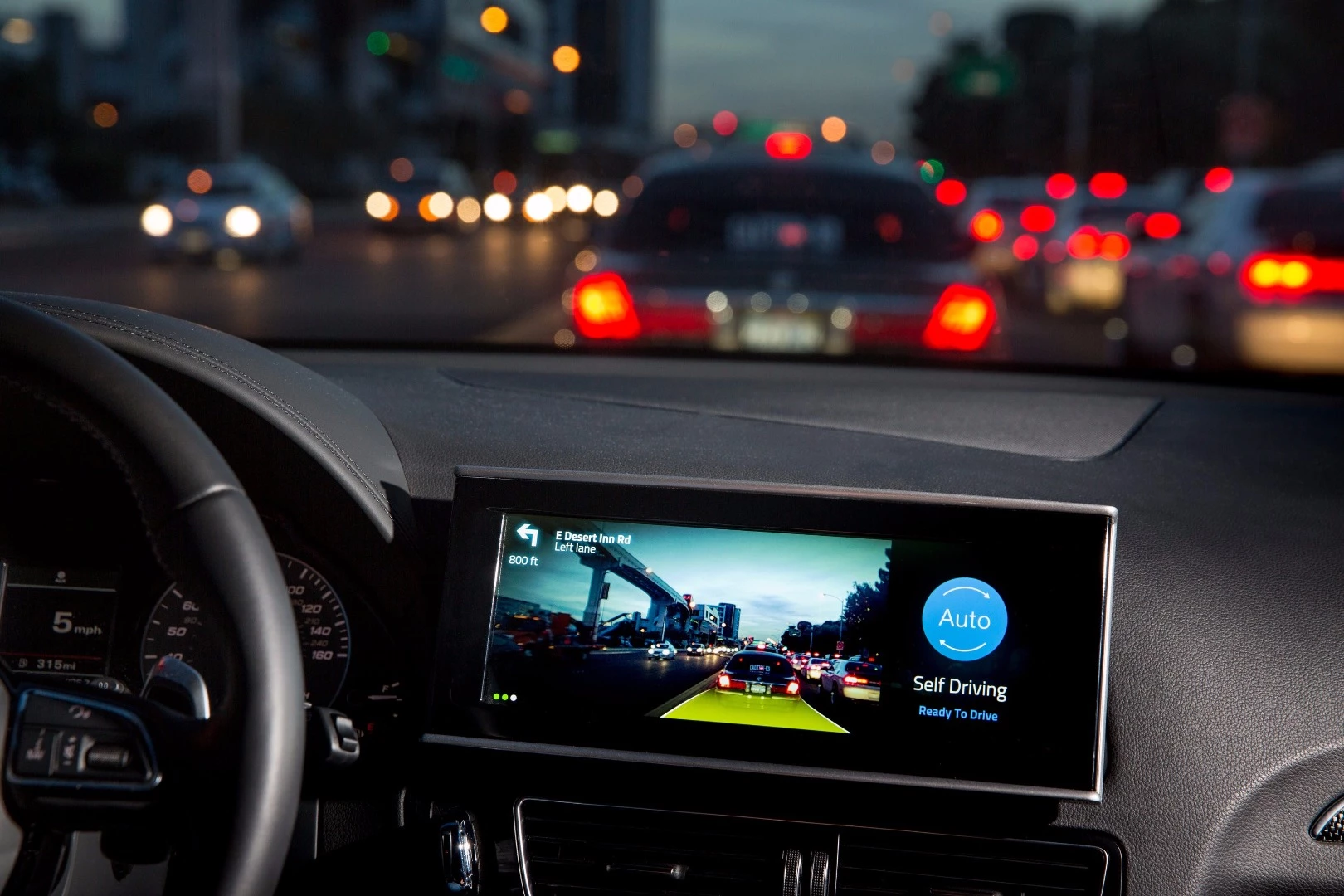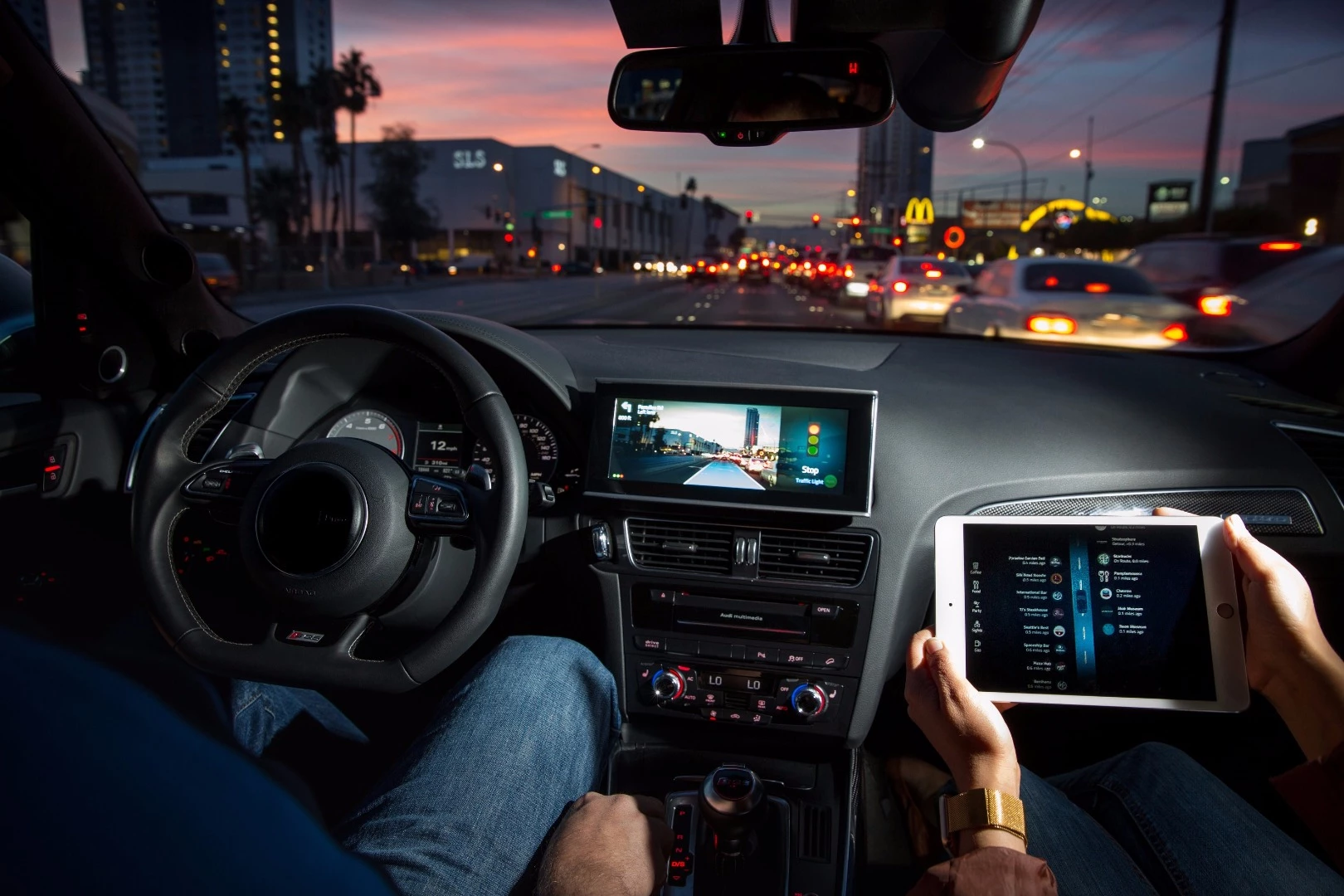Last year, Delphi used its own technologies to "drive" a car autonomously from San Francisco to New York. The next stage of that tech is what the company calls "vehicle-to-everything" (V2E). It allows vehicles to communicate with streets, signs, traffic lights, other cars and even pedestrians – and it's currently being showcased at CES.
V2E is actually an umbrella term, under which vehicle-to-vehicle, vehicle-to-infrastructure and vehicle-to-pedestrian all fall. Delphi says its aim with these V2E technologies is to take active safety and automated driving "to the next level." Chief technology officer Jeff Owens says it is the only firm that has the right mix of technology to do so.
"We imagine a world with zero traffic accidents," says Owens. "To get there we will need a convergence of active safety, sensor fusion, connectivity platforms and advanced software."
Delphi's vehicle-to-vehicle technology allows a car to see all the other vehicles around it, responding accordingly to any abrupt actions such as lane changes. Its vehicle-to-pedestrian technology uses a special chip in smartphones, to alert the vehicle to pedestrians who are using their phones and aren't paying attention to traffic.

The company's vehicle-to-traffic light technology uses Dedicated Short Range Communications (DSRC) to recognize the status of traffic lights and to anticipate yellow and red lights, while Blind Corners technology manages occasions on which junctions do not allow for a clear view of traffic. Finally, Ride Sharing technology can notify family and friends of a driver's whereabouts, so that they can request a ride if convenient.
According to Delphi, its "industry-first" vehicle-to-vehicle software will be installed on the 2017 Cadillac CTS. The firm says it is also set to unveil an aftermarket vehicle-to-vehicle unit that will enable all equipped vehicles to communicate with each other.
Elsewhere at CES, Delphi is also showing off a "touch-free cockpit" that uses an infrared eye-tracking system to detect what a driver is looking at within the vehicle, so it can then decide what action should be taken by the car's infotainment system and 3D instrument cluster.
The video below provides an explanation of the vehicle-to-everything concept.
Source: Delphi








